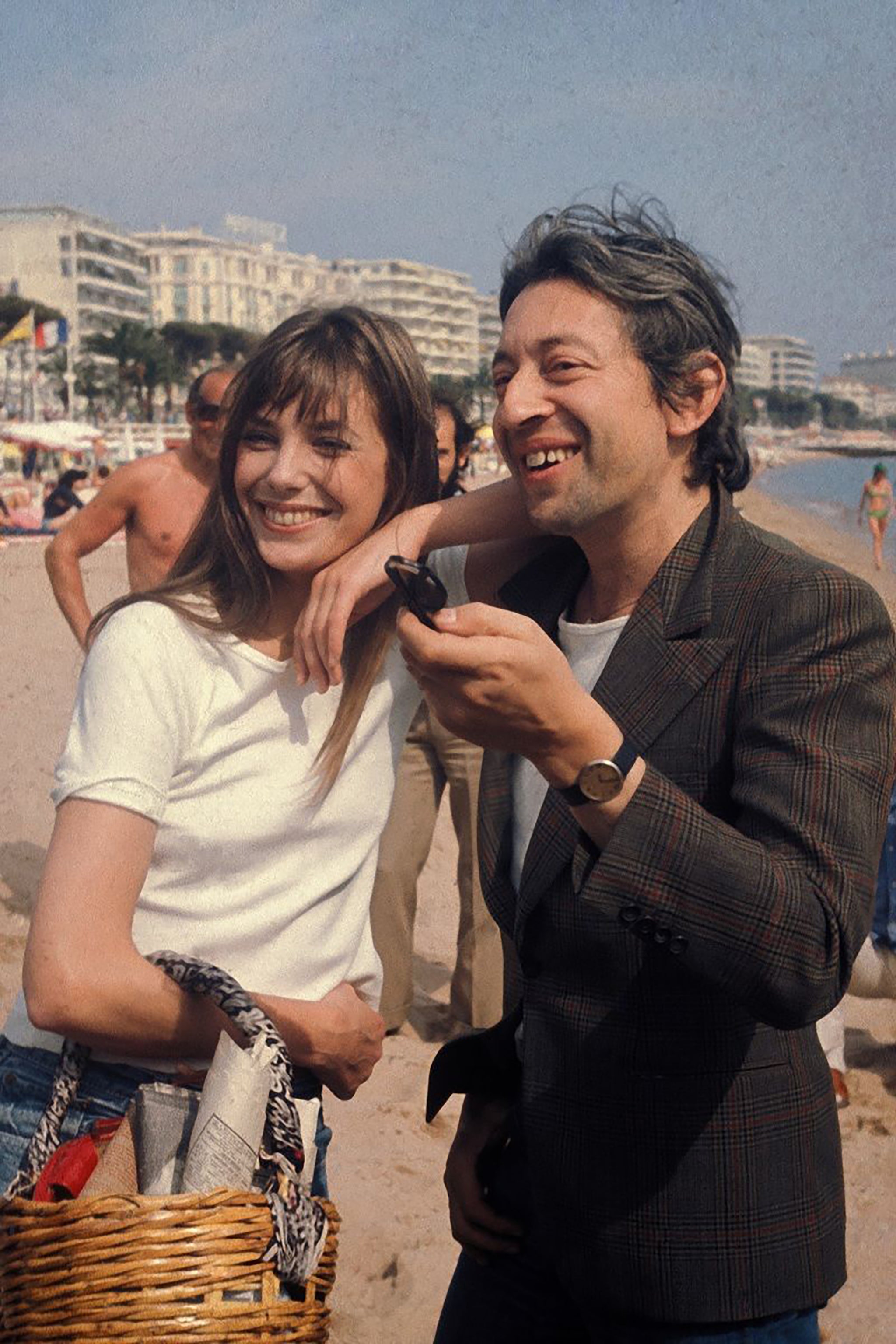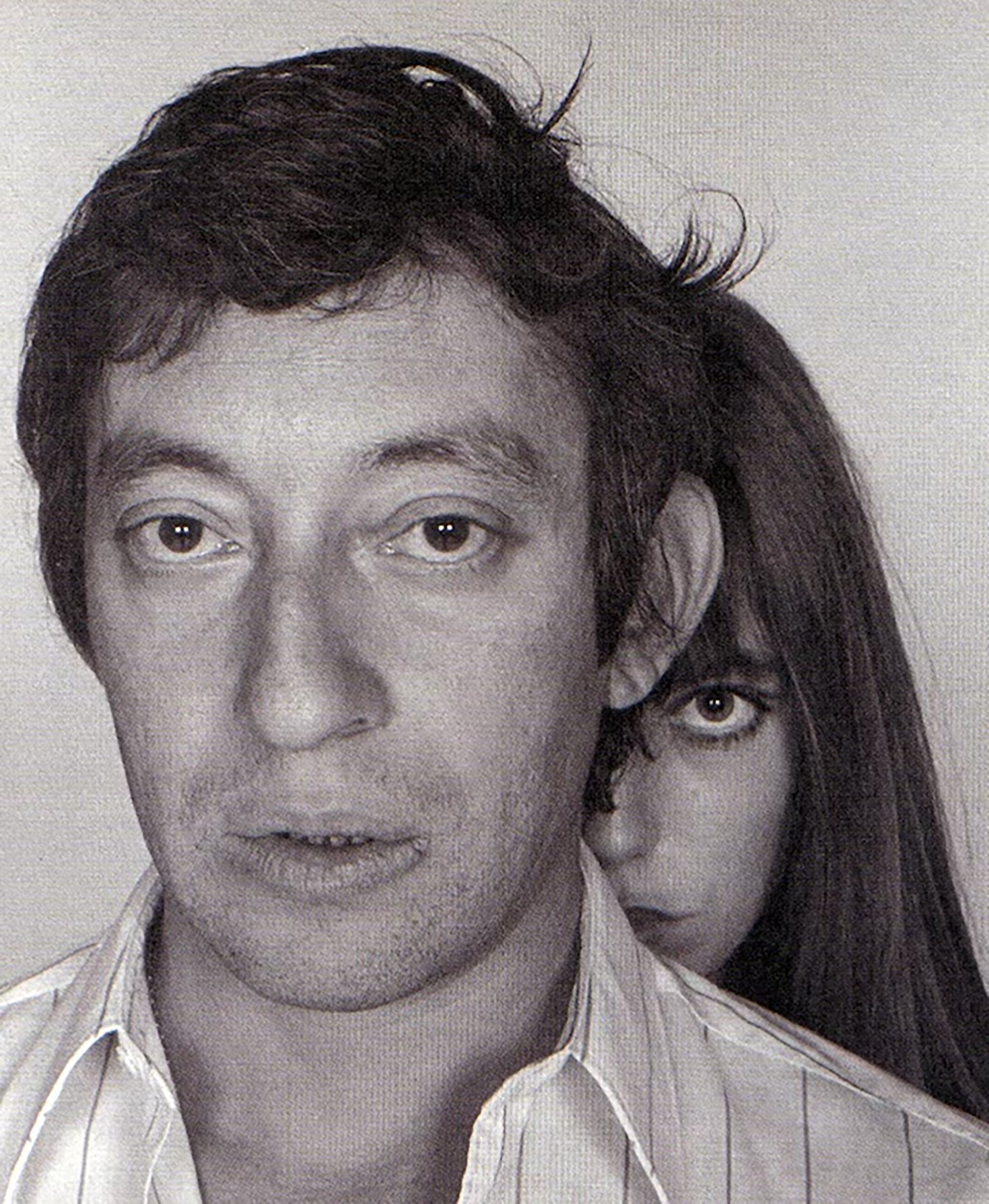
1
In the Paris of the late ’60s, smoke curled like punctuation in dim cafés, and love was spoken in
the language of glances and whispers. It was here that Jane Birkin and Serge Gainsbourg found
each other—not as two halves of a whole, but as two fully formed worlds colliding. She, the
English rose with a disheveled elegance, carrying both innocence and rebellion in her gaze. He,
the French provocateur, equal parts poet and enfant terrible, with words sharp enough to wound
and soft enough to seduce. Their meeting was less an introduction and more an ignition.

2
They were opposites—her light against his shadow—yet each carried a hunger for the other’s
mystery. Serge saw in Jane an untouchable muse, a creature of contradiction: fragile yet
stubborn, naïve yet knowing. Jane found in Serge the dangerous poetry she could never write
herself, a man who lived without the safety net of politeness. Together, they became a
conversation in flesh—every argument, every kiss, every look a form of collaboration.

3
Their love was never designed for quiet. It spilled into their work, their lives, their myth. “Je
t’aime... moi non plus” became the sonic embodiment of their chemistry—a song both erotic
and melancholic, banned in several countries yet immortalized in countless bedrooms. It was not
merely music; it was a confession, a diary entry sealed in vinyl. They blurred the line between
creation and confession, between performance and truth, until no one—not even themselves—
could tell where one ended and the other began.
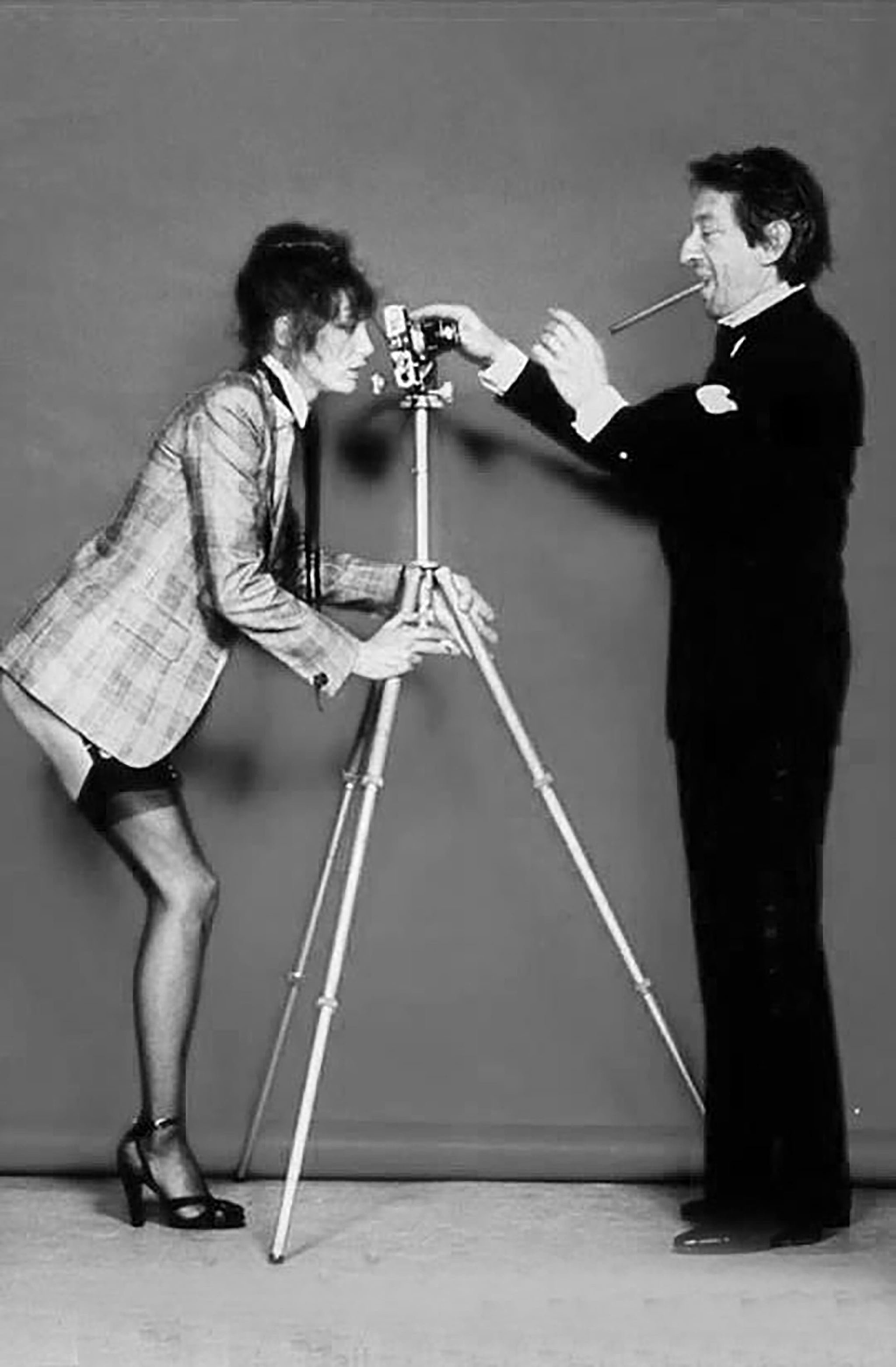
4
Serge’s art was often sharpened by his demons—drink, jealousy, self-doubt—and Jane’s presence
became both the balm and the match. She softened him in private moments, but in public they
sparked, testing the edges of each other’s patience and devotion. She could leave him undone
with her laughter; he could pierce her with a single, dismissive remark. Their relationship was a
balancing act on a tightrope of passion and pride.
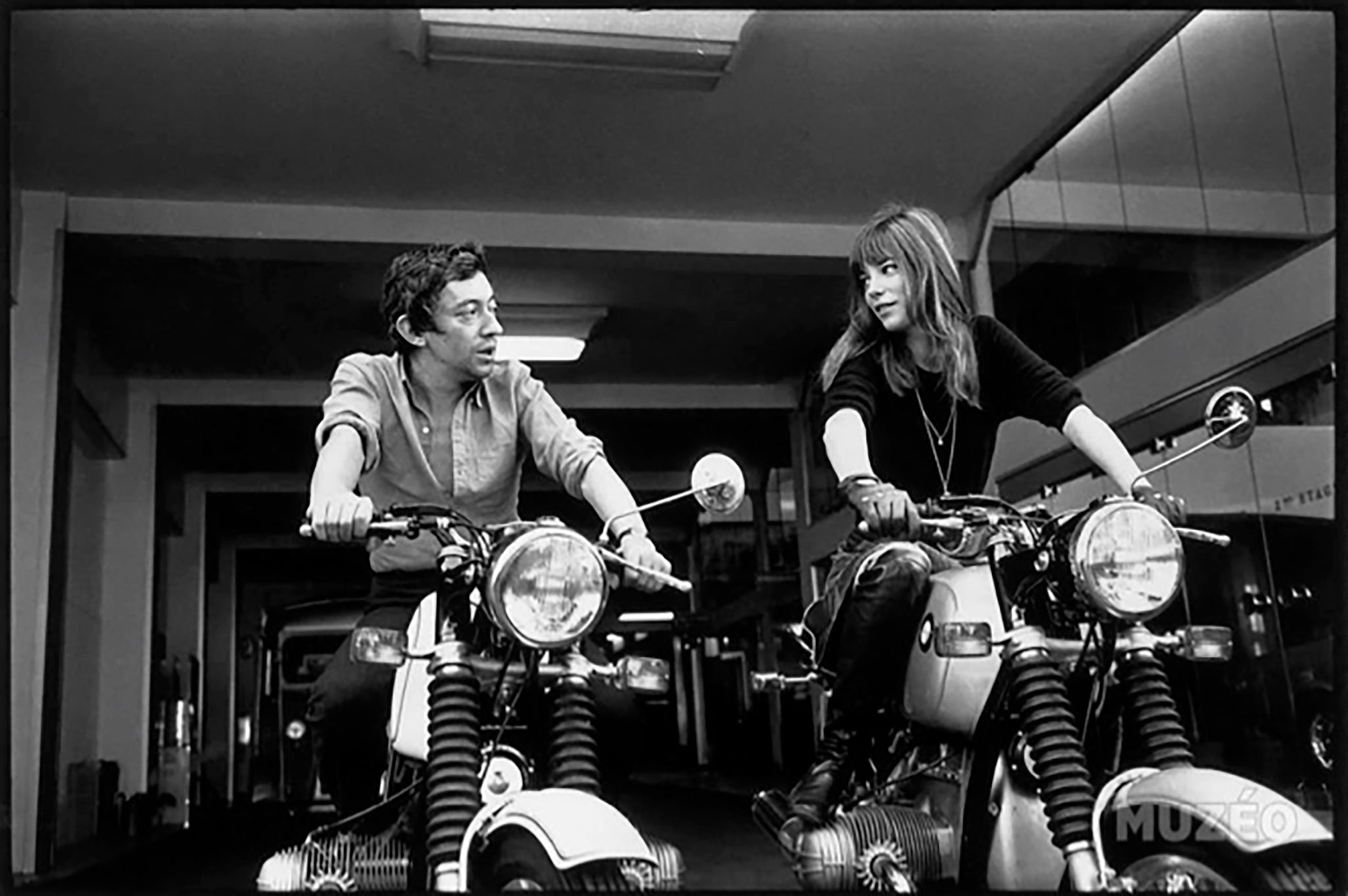
5
And yet, in the quiet hours, there was tenderness. The kind of tenderness that doesn’t ask for an
audience. Serge, despite his bravado, carried Jane’s bags when she returned from trips. Jane,
despite her independence, learned to read the mood in the way he lit his cigarette. They existed in
a loop of inspiration—he wrote for her, she performed for him—not because they needed each
other to create, but because the work was better when the other’s shadow fell across it.
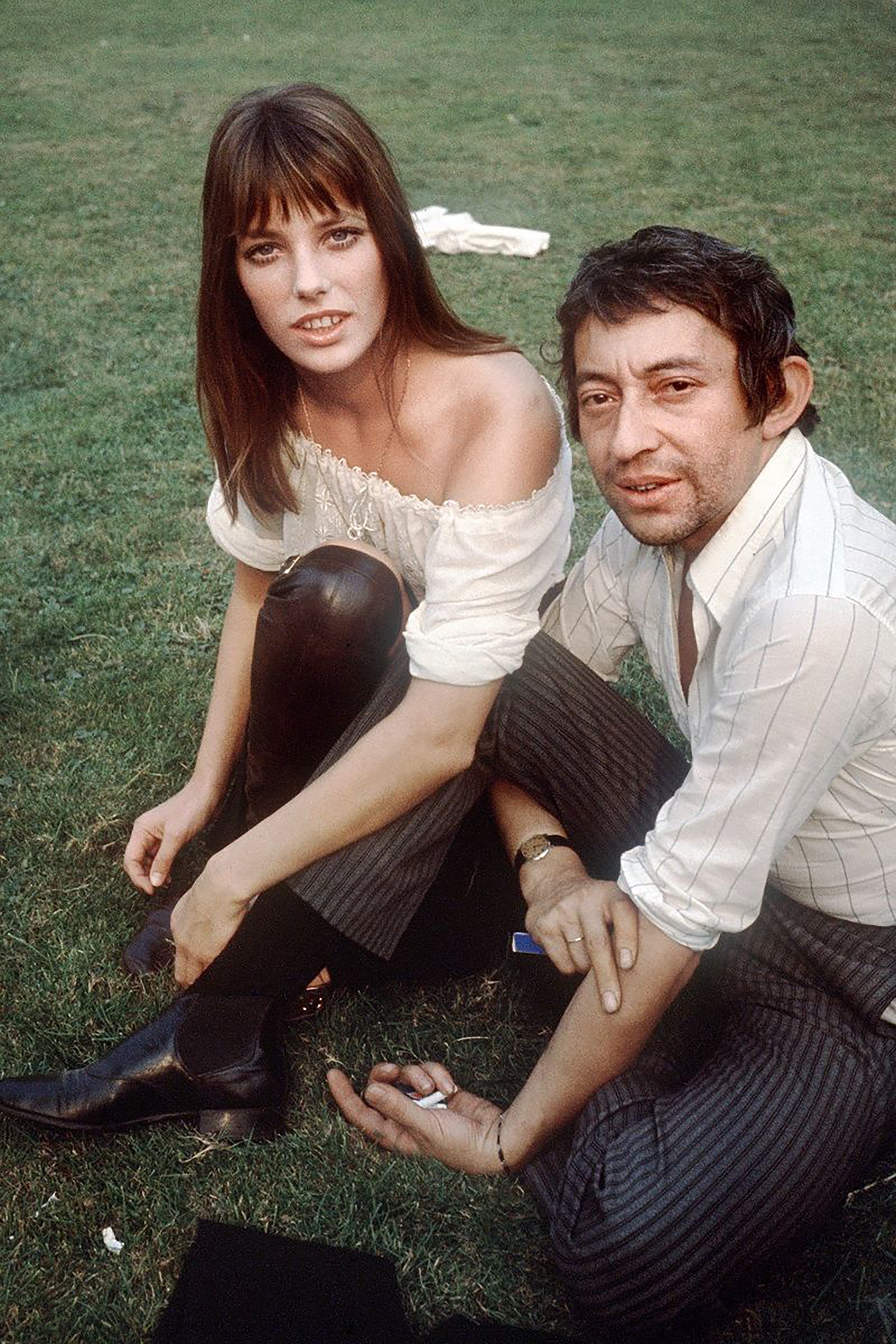
6
But love this charged rarely survives unscathed. The same fire that had drawn them close began
to scorch the edges. Serge’s jealousy, Jane’s craving for her own space, the weight of being each
other’s muse—it all began to suffocate. They argued, withdrew, returned, repeated. The public
still saw them as the golden pair of bohemian France, but in private, the cracks widened.
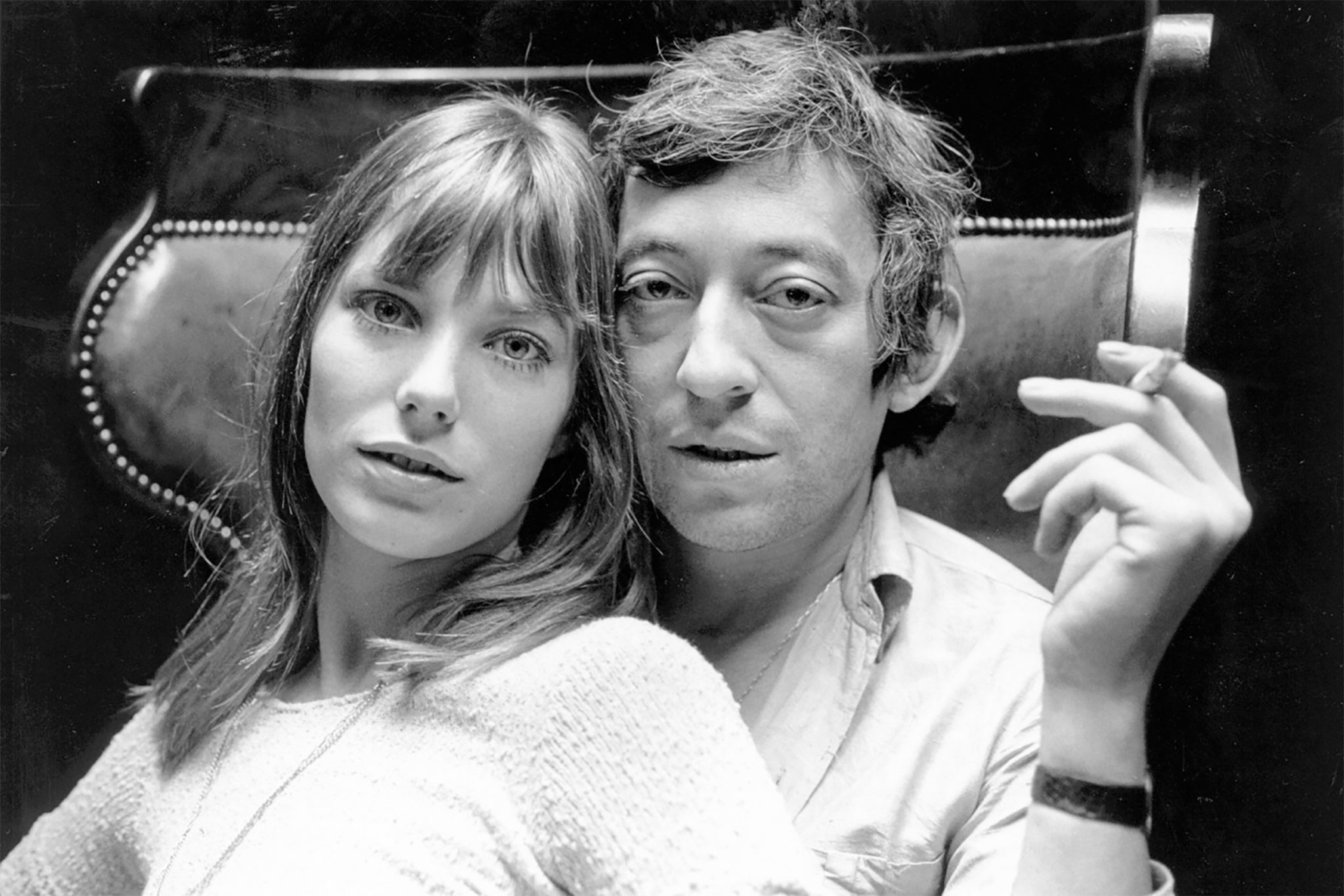
7
The end came not in one grand scene but in a series of quiet withdrawals. Jane walked away in
1980, taking with her their daughter, Charlotte. It was not a clean break—they remained
entangled in each other’s lives, in memories, in music. Serge never stopped writing about her,
never stopped orbiting the idea of her. Jane, too, carried him with her—not in bitterness, but in a
kind of permanent tenderness reserved for a love that changed you, even if it couldn’t last.
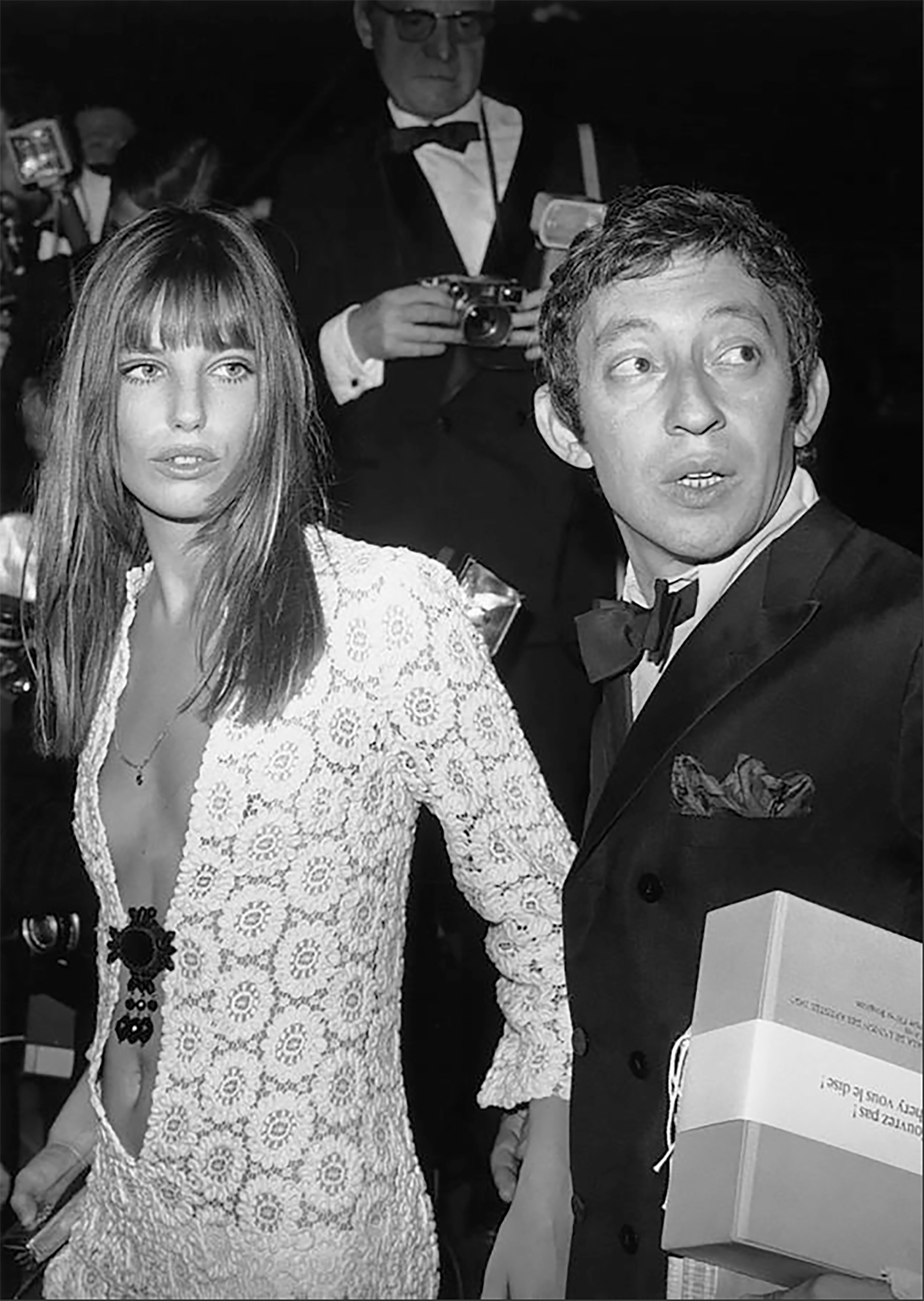
8
In the years after, their legend only grew, because theirs was not just a romance—it was an
artistic duet, one that could never truly be over. Every photograph, every song, every grainy film
clip still hums with their particular electricity. In loving each other, they became part of each
other’s art. In leaving each other, they ensured that art would live forever. That is the paradox of
Jane Birkin and Serge Gainsbourg: the love burned out, but the flame still lights the room.
